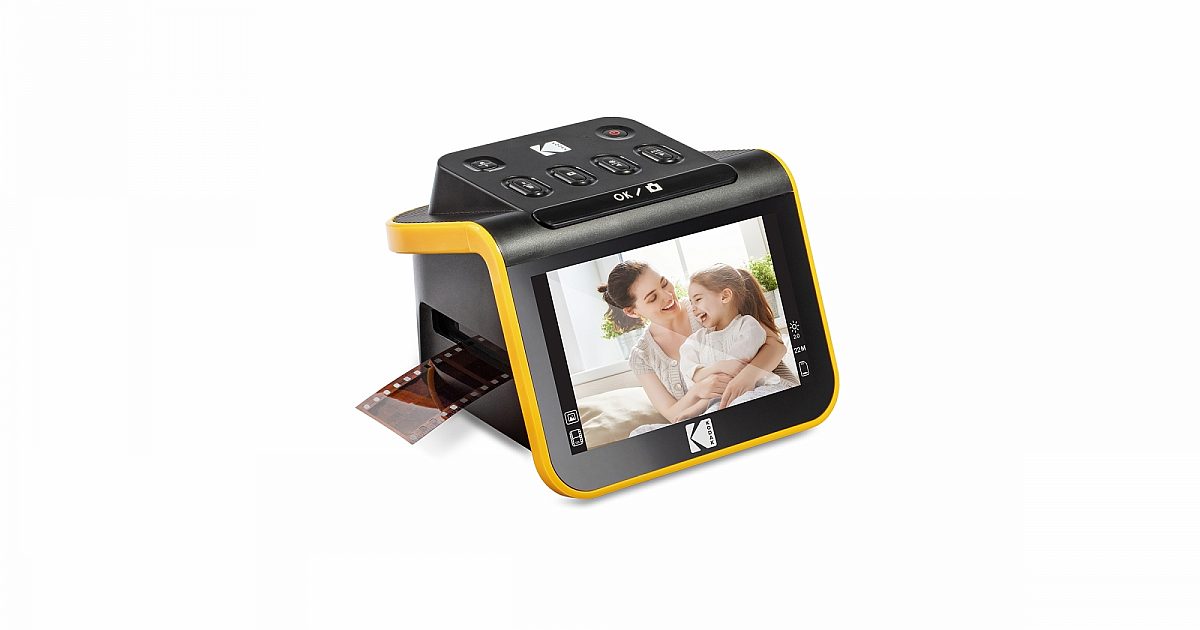FB101
Well-known member
Fair points but they are not all bad. I‘ve used Digmypix a couple times with great results - the final file is 17Mpix which is more than enough to extract all the details in a Velvia 50, they run an IR antidust algorithm that’s quite effective (of course it won’t salvage a slide with fungal growth but normal light dust is well handled) and they do a two pass exposure. So pretty much same as I would do.You have to watch out for these services. Price savings come from using a lower resolution. And you still need to clean the slides before they are scanned.
i do keep an old 2009 iMac to run my Nikon ls4000 and I honestly couldn’t tell much of a difference. If anything, their color profiling looked a bit more accurate to me. I still scan the occasional file myself but if I need a few hundred slides done, I don’t hesitate to send them away for scanning. At this point my free time is more valuable than money


